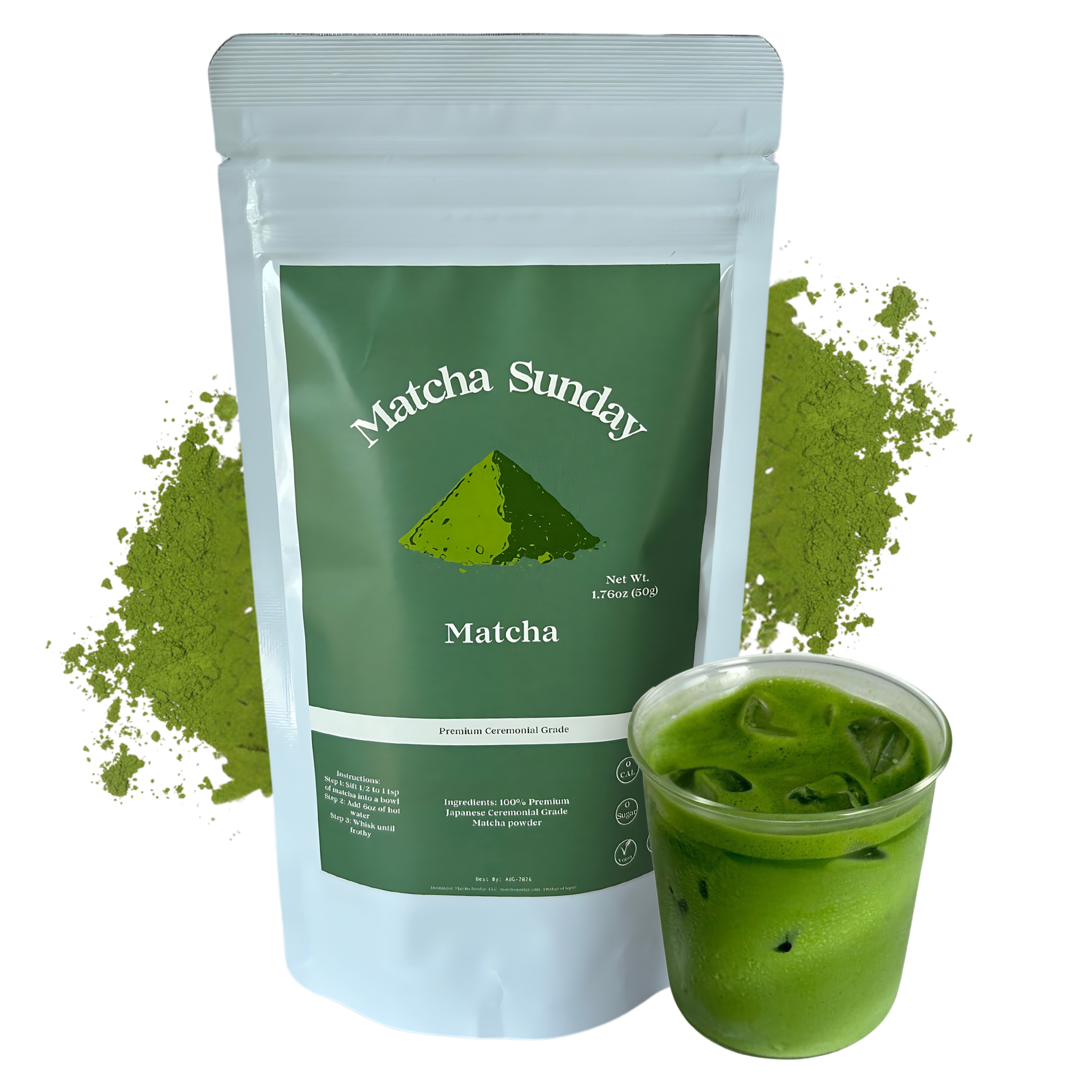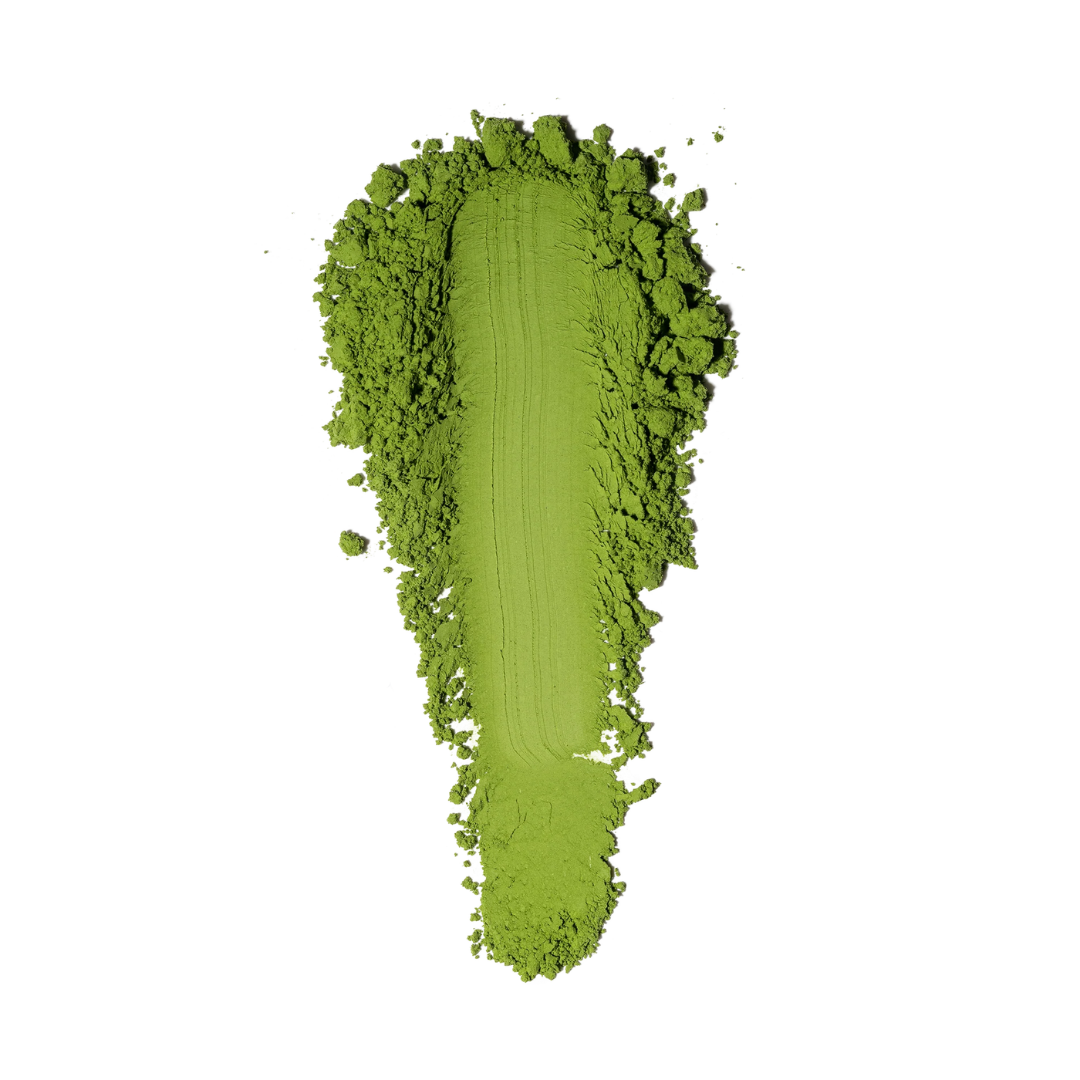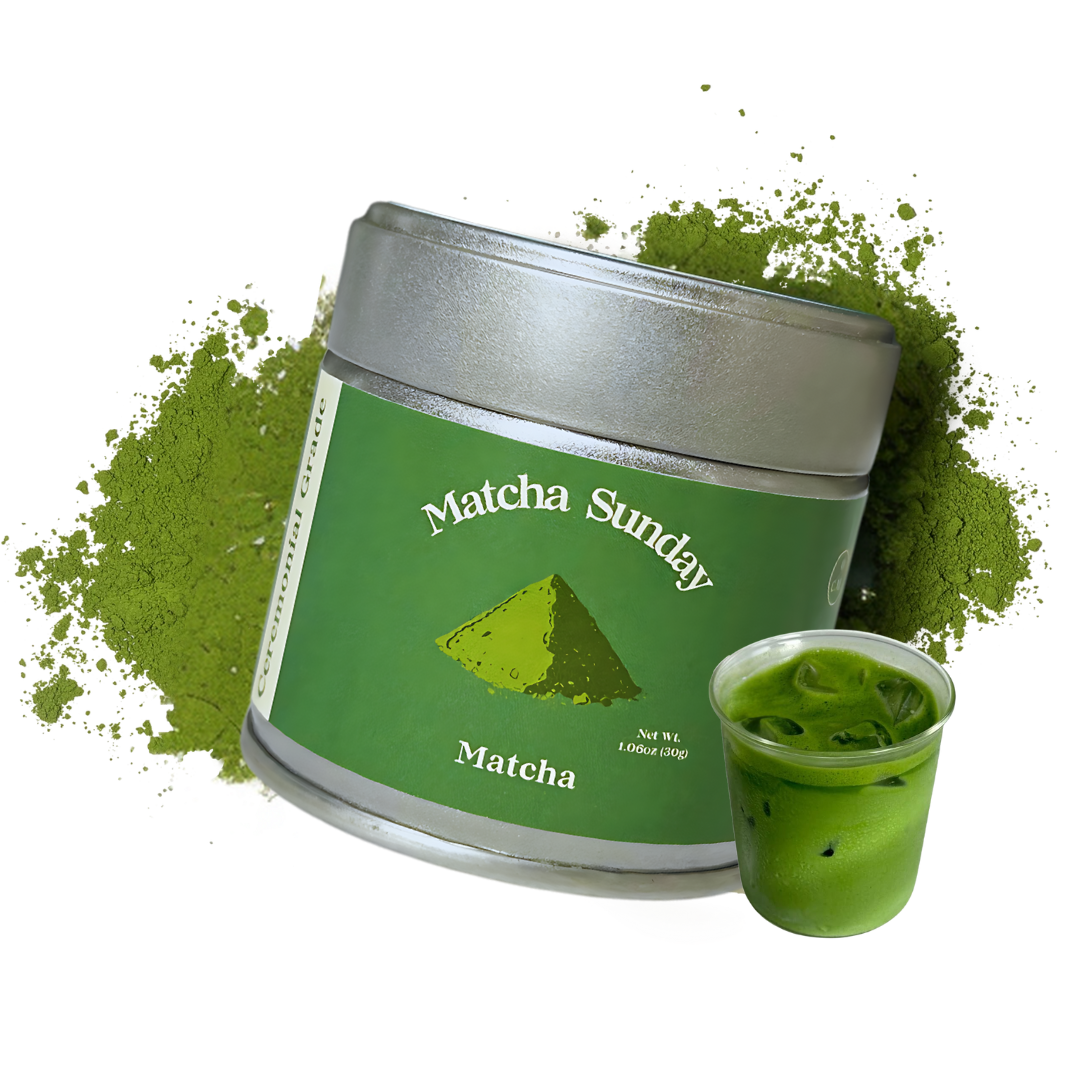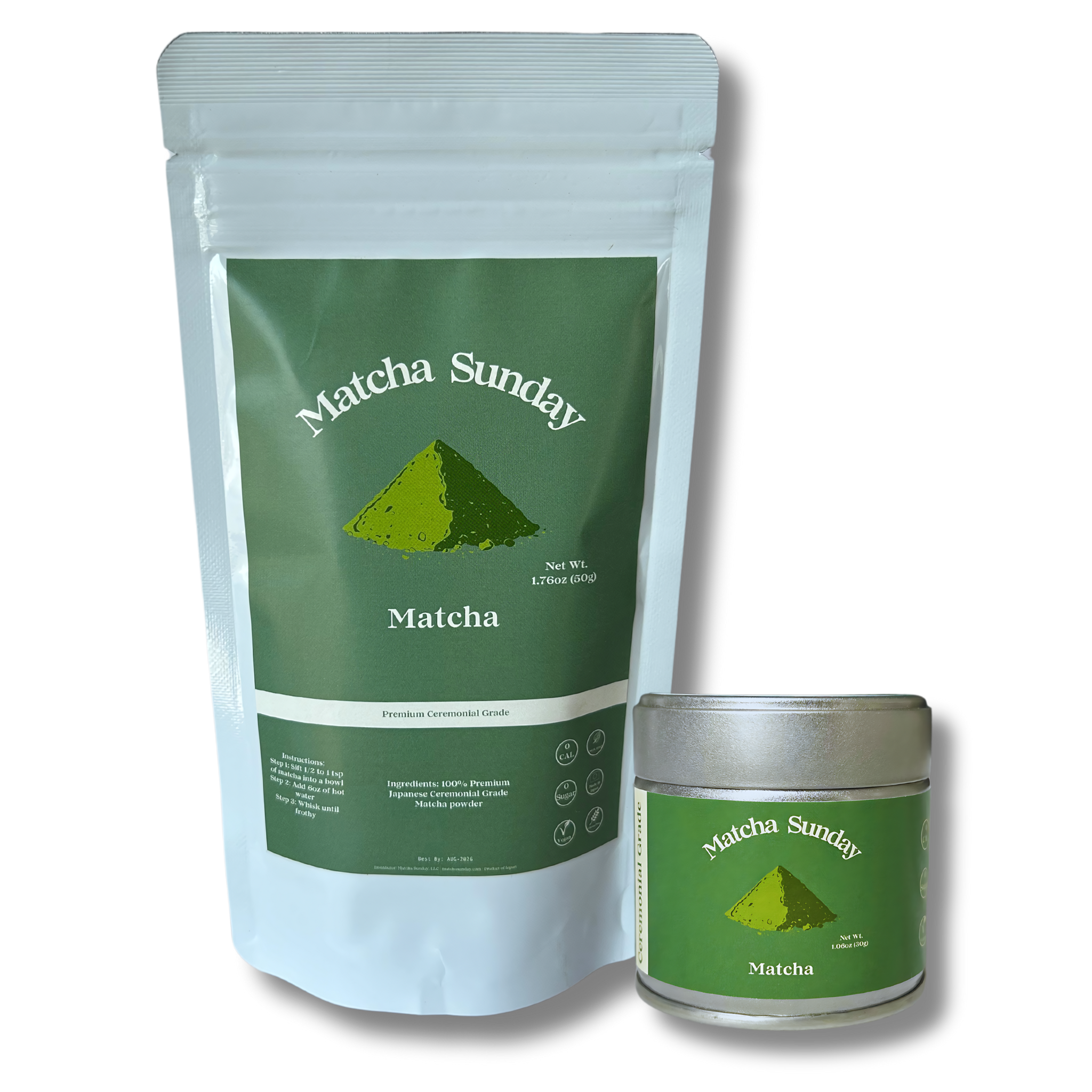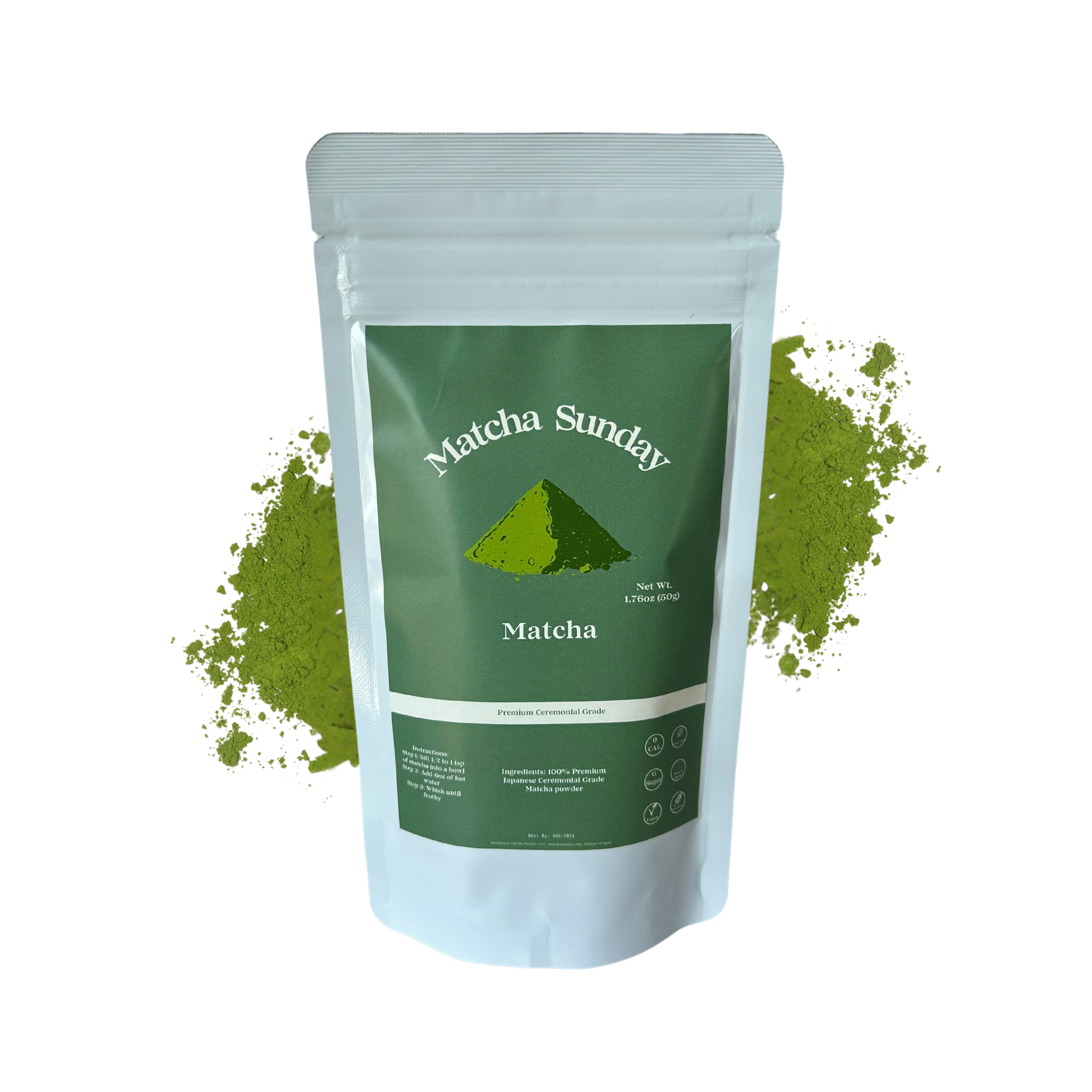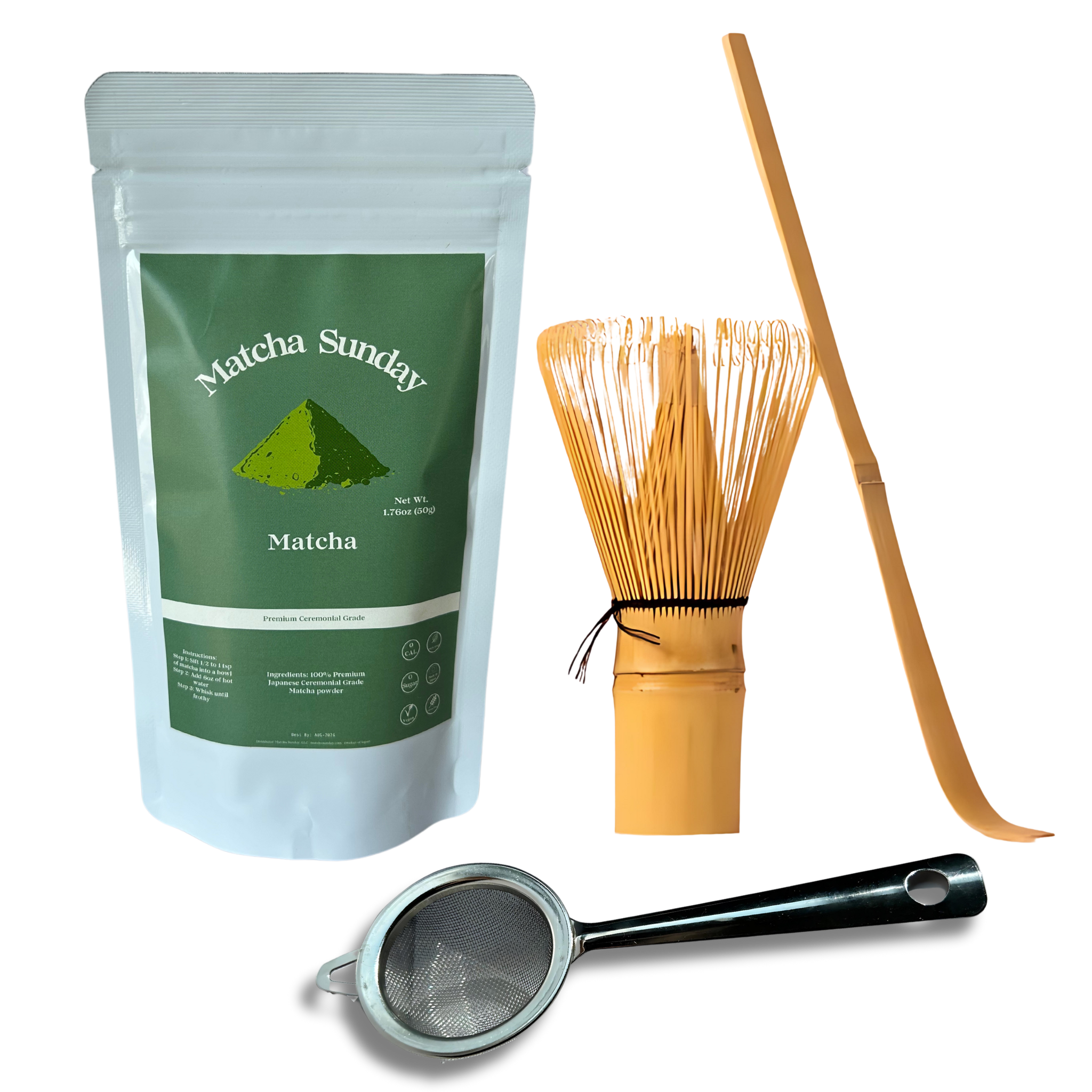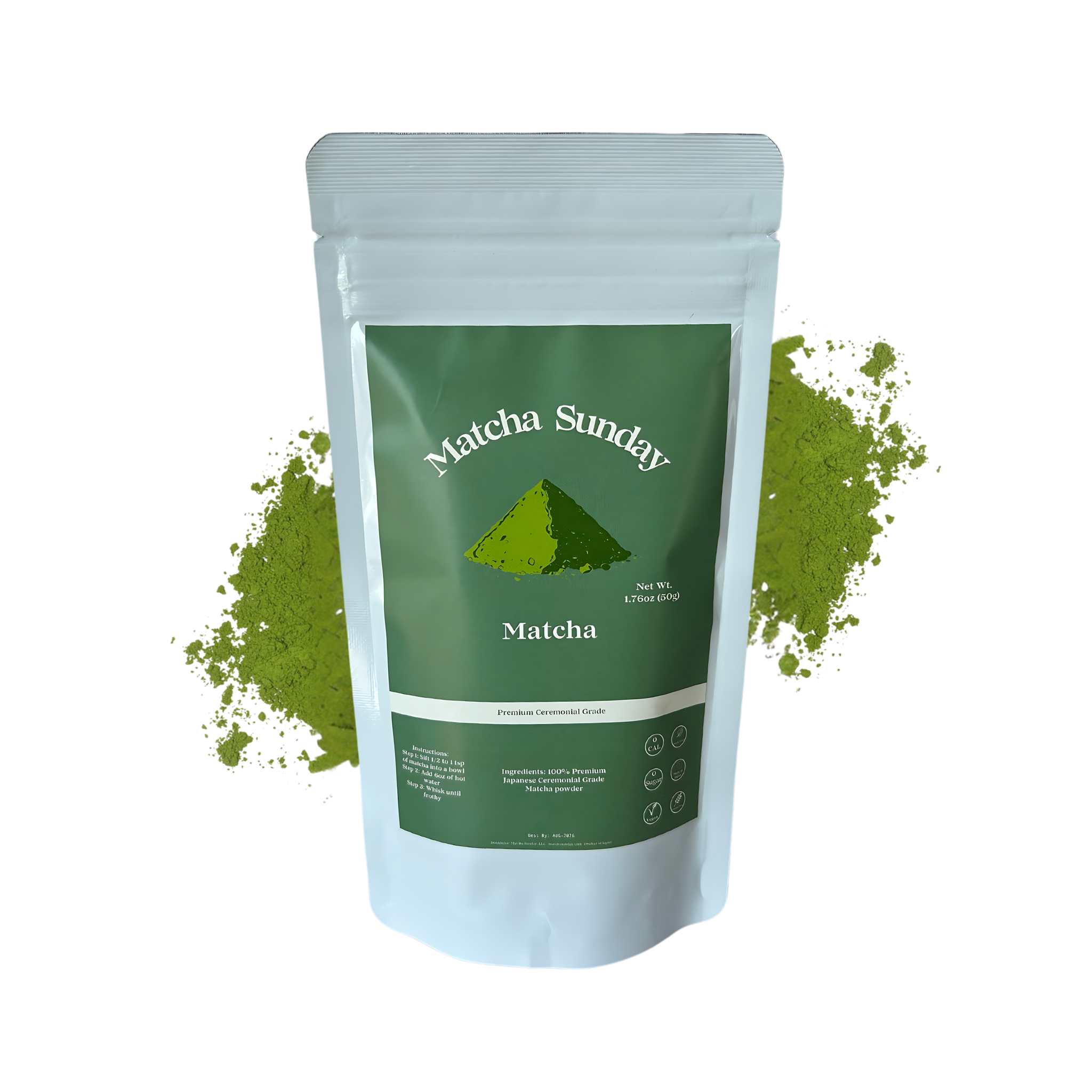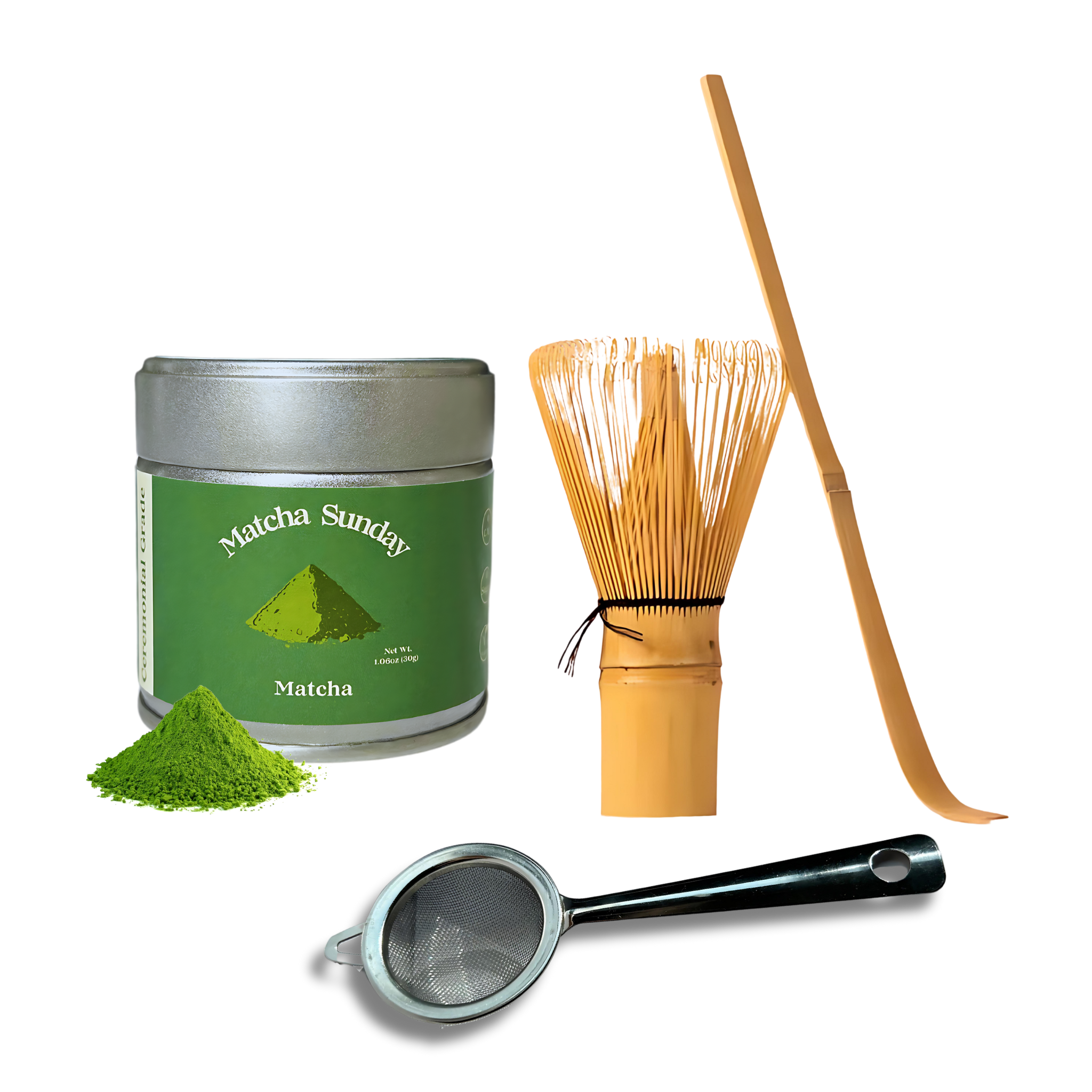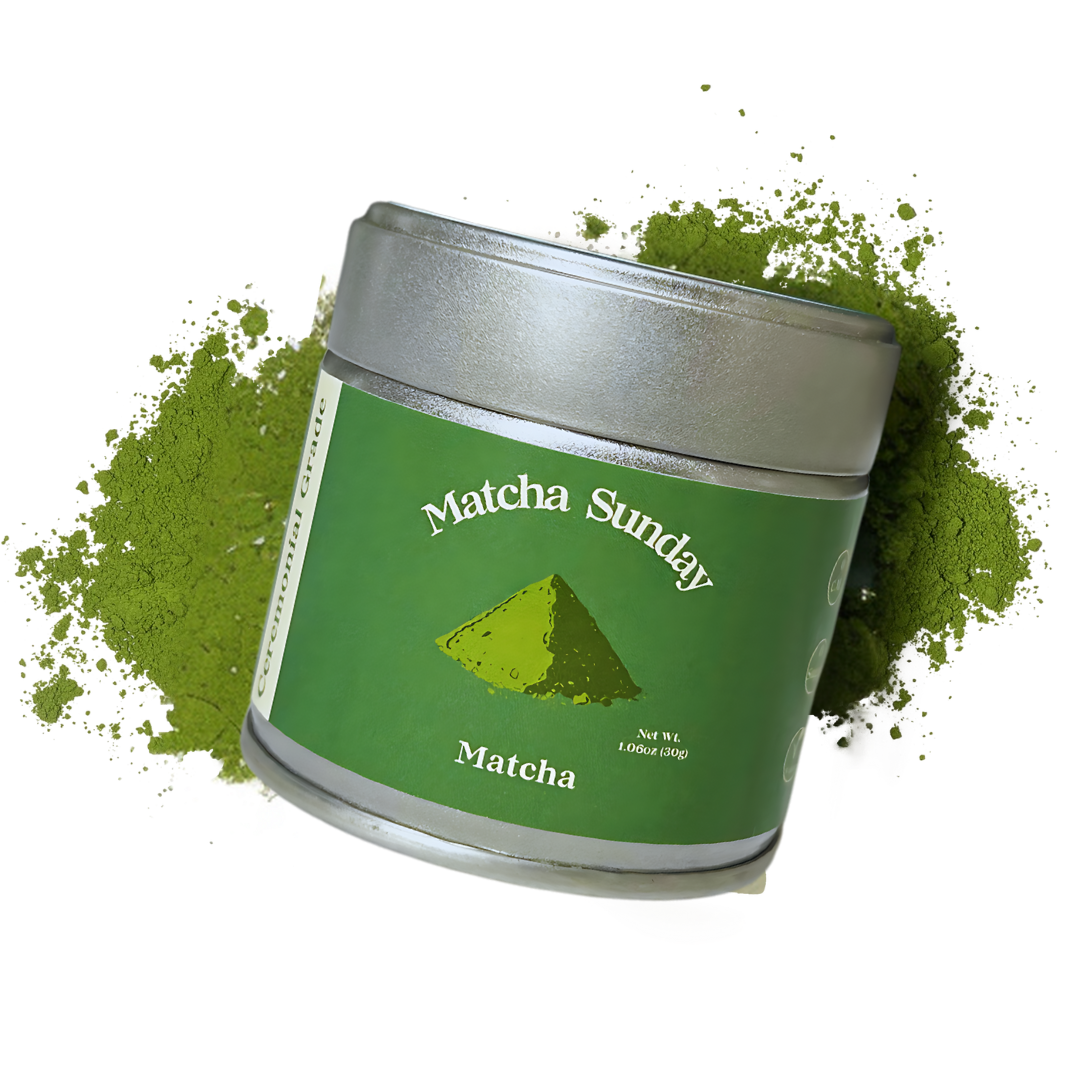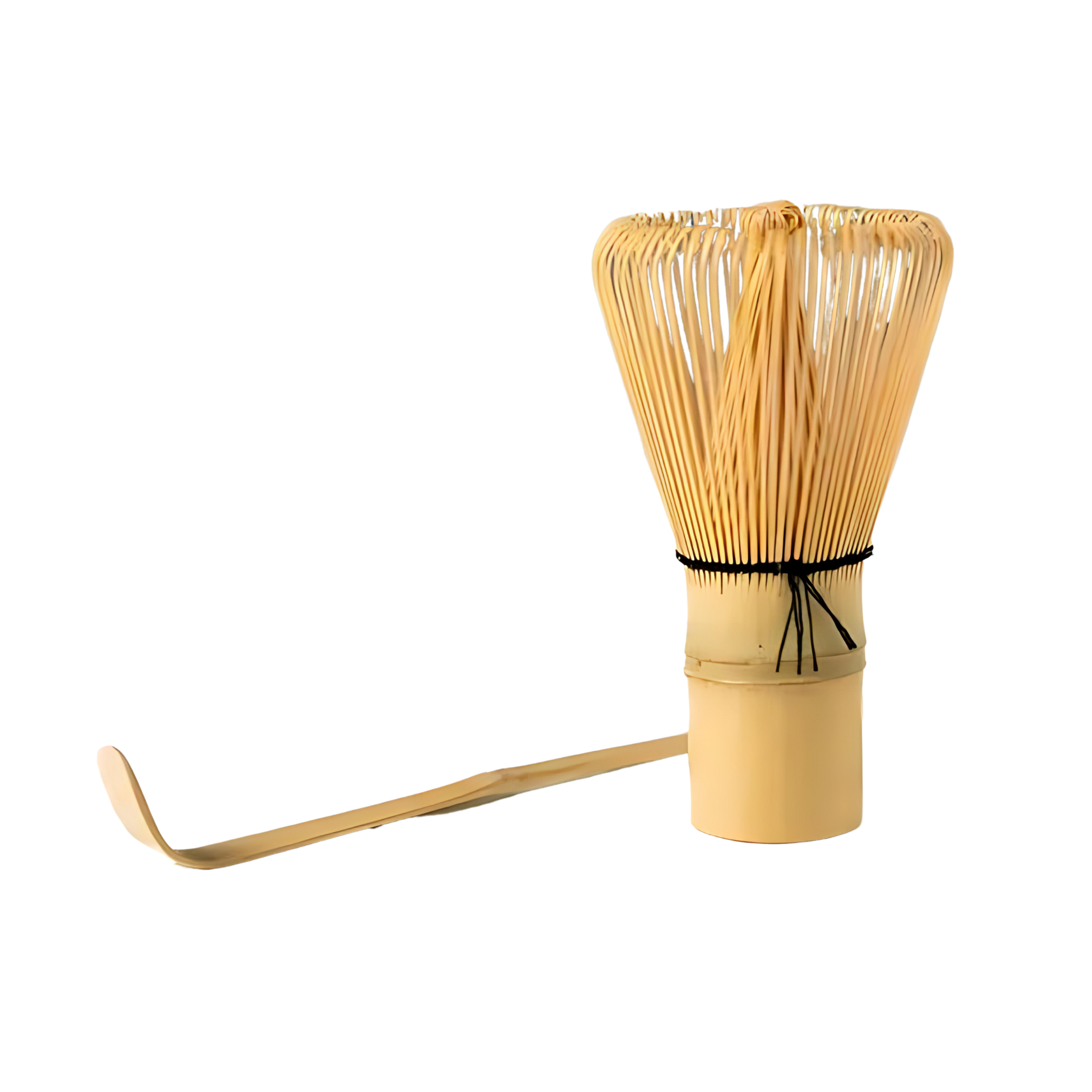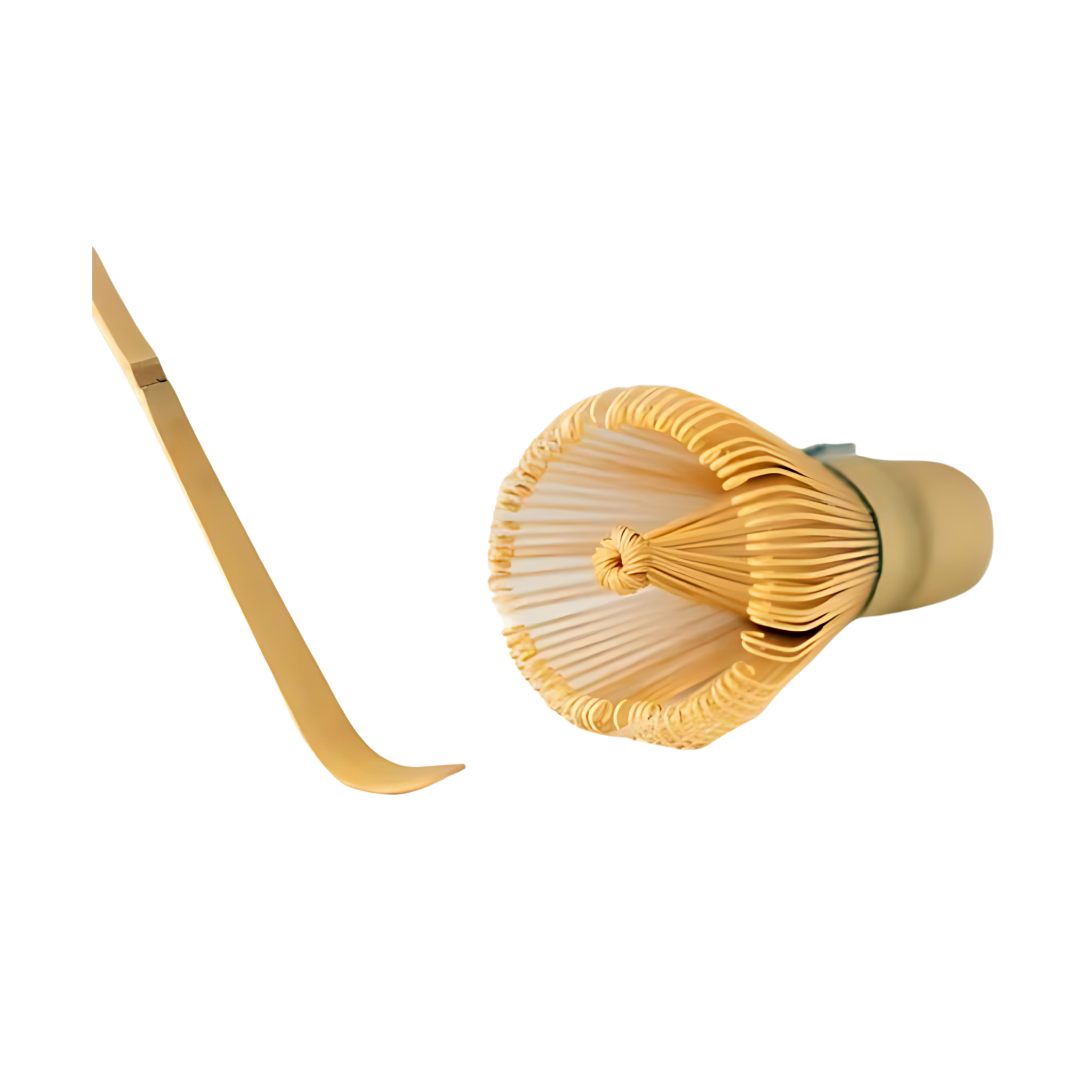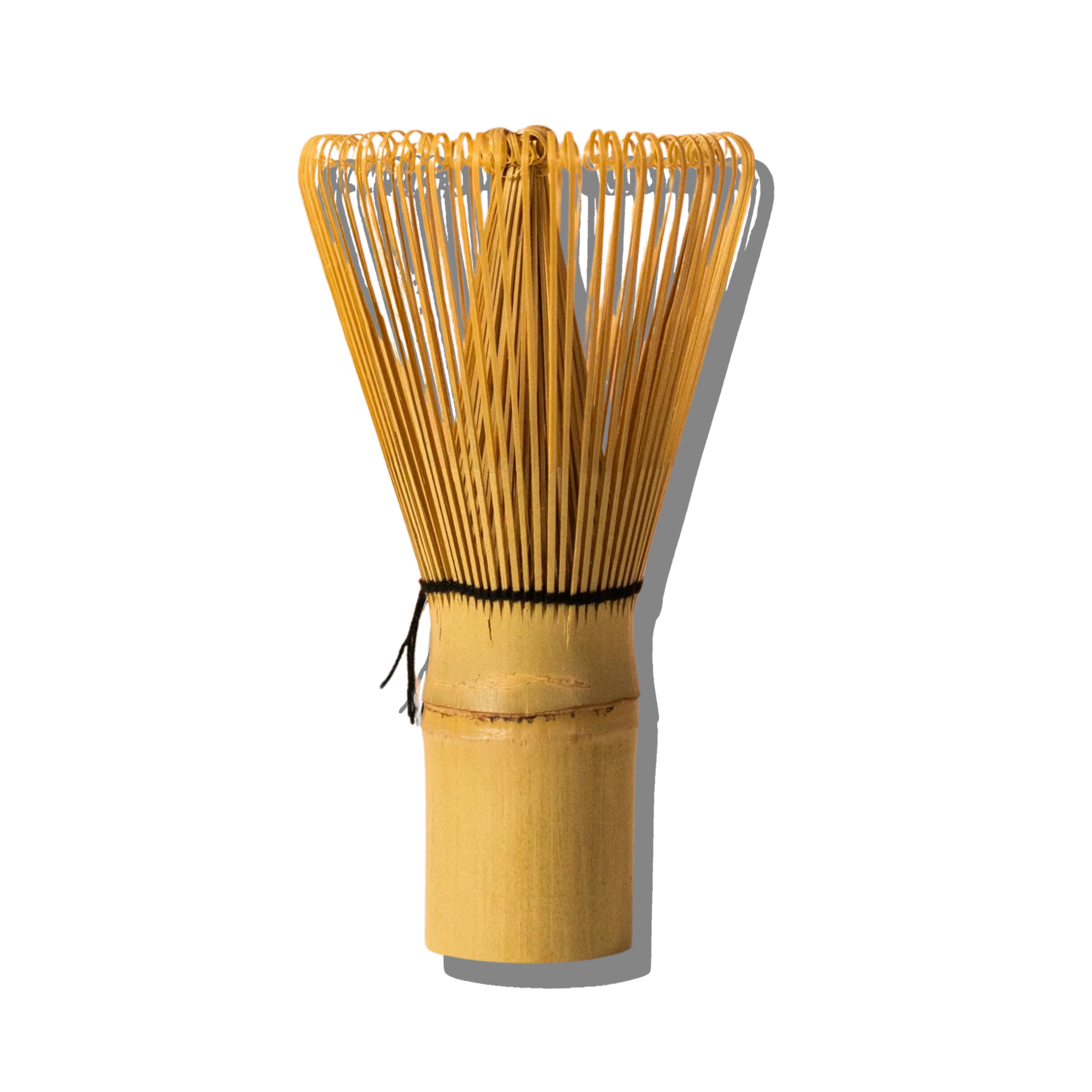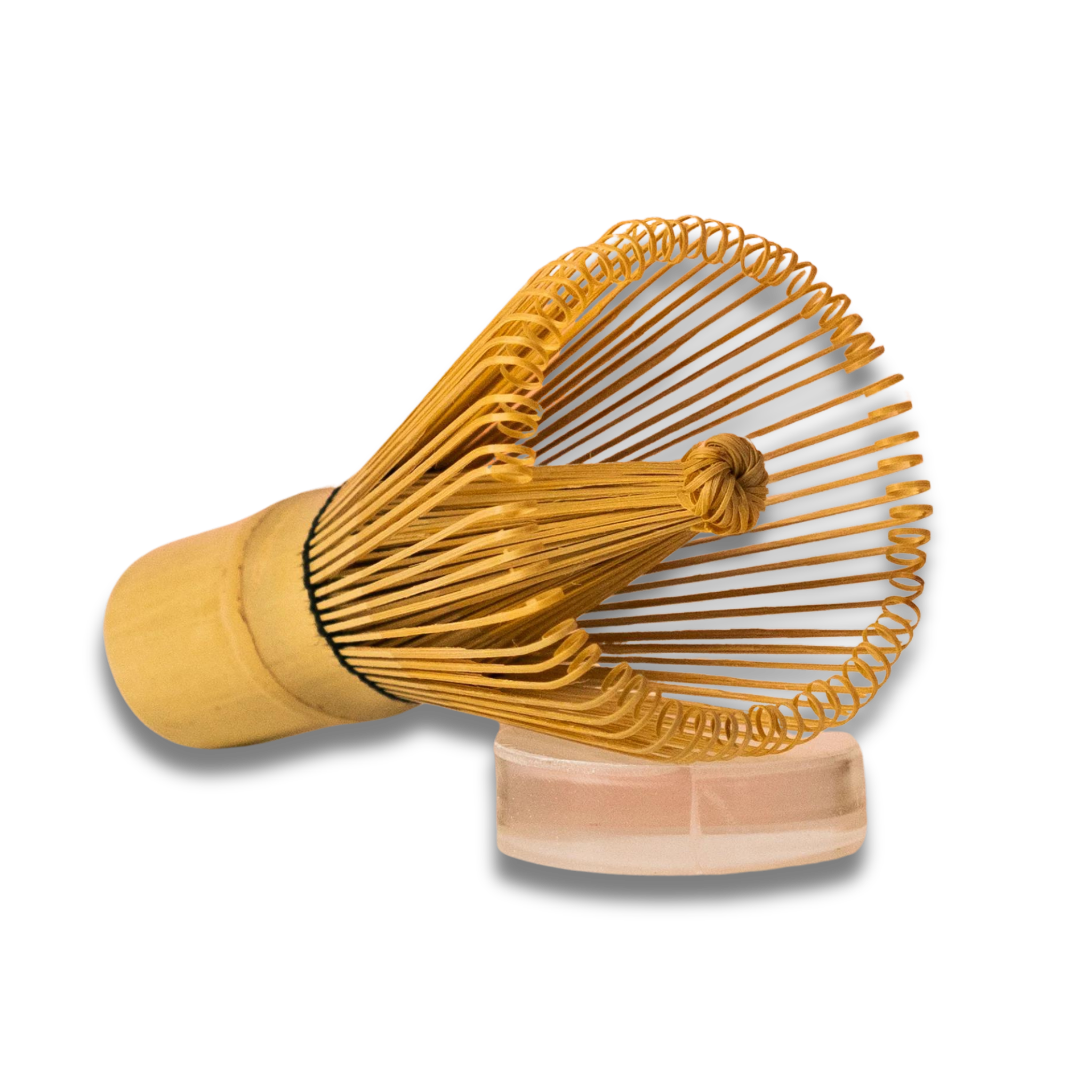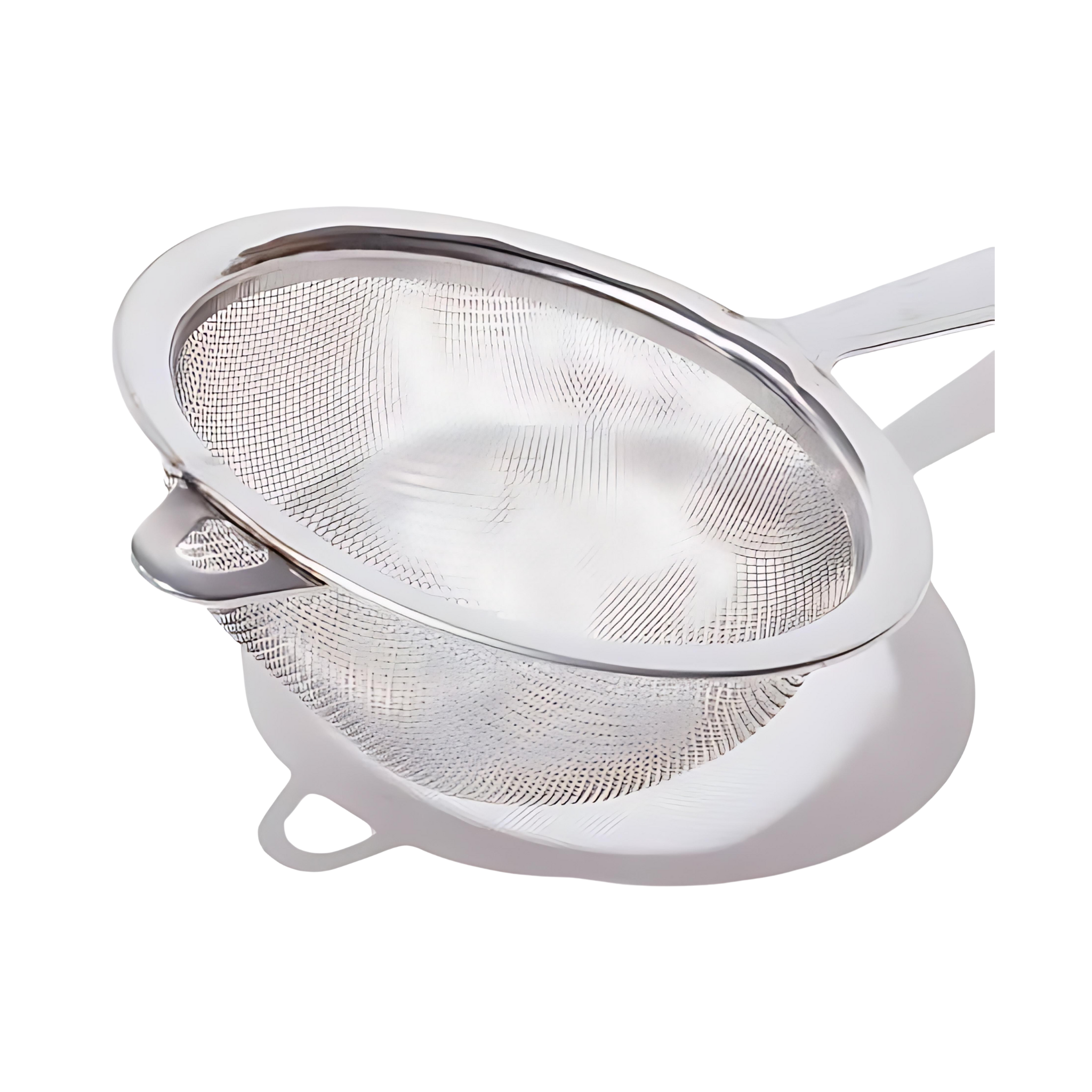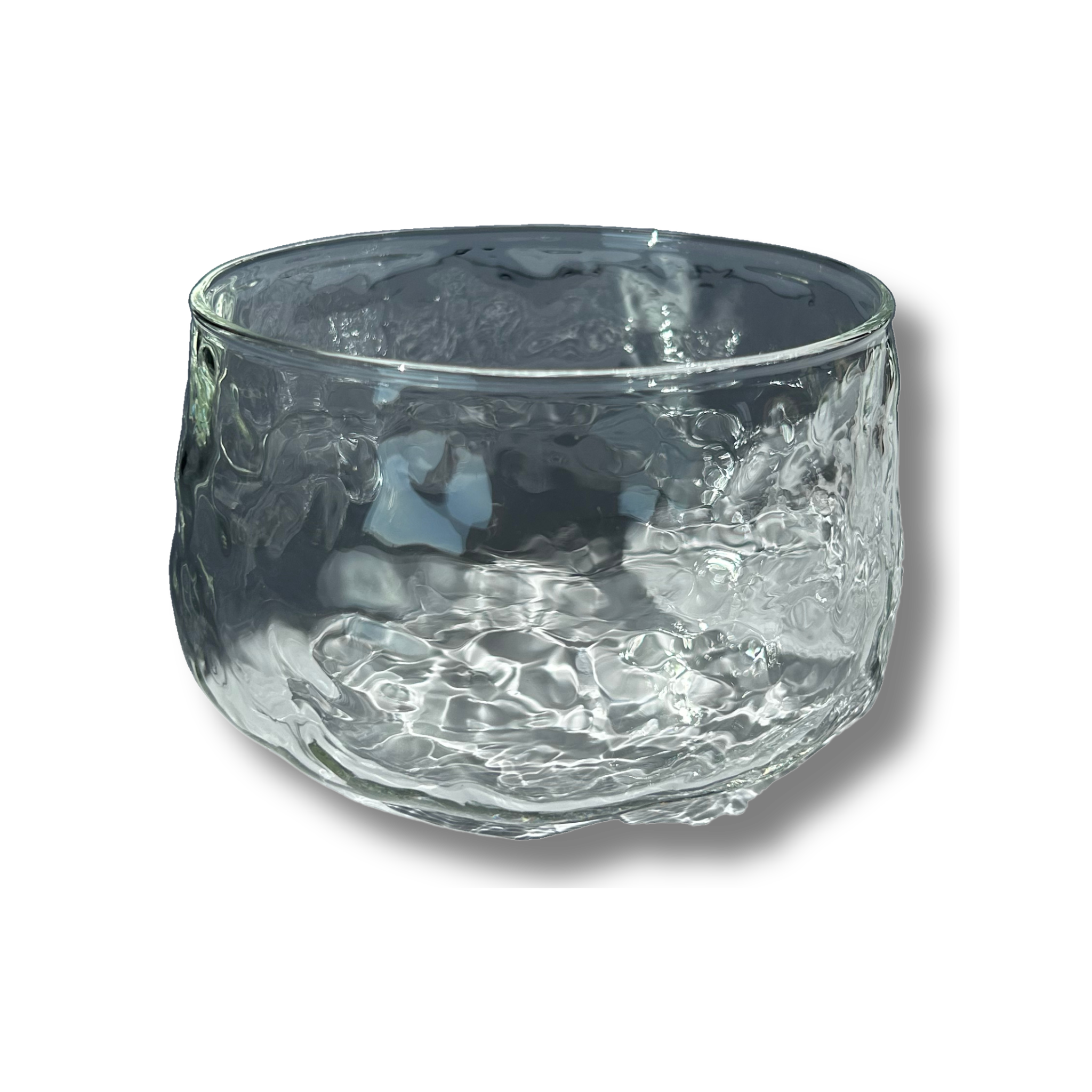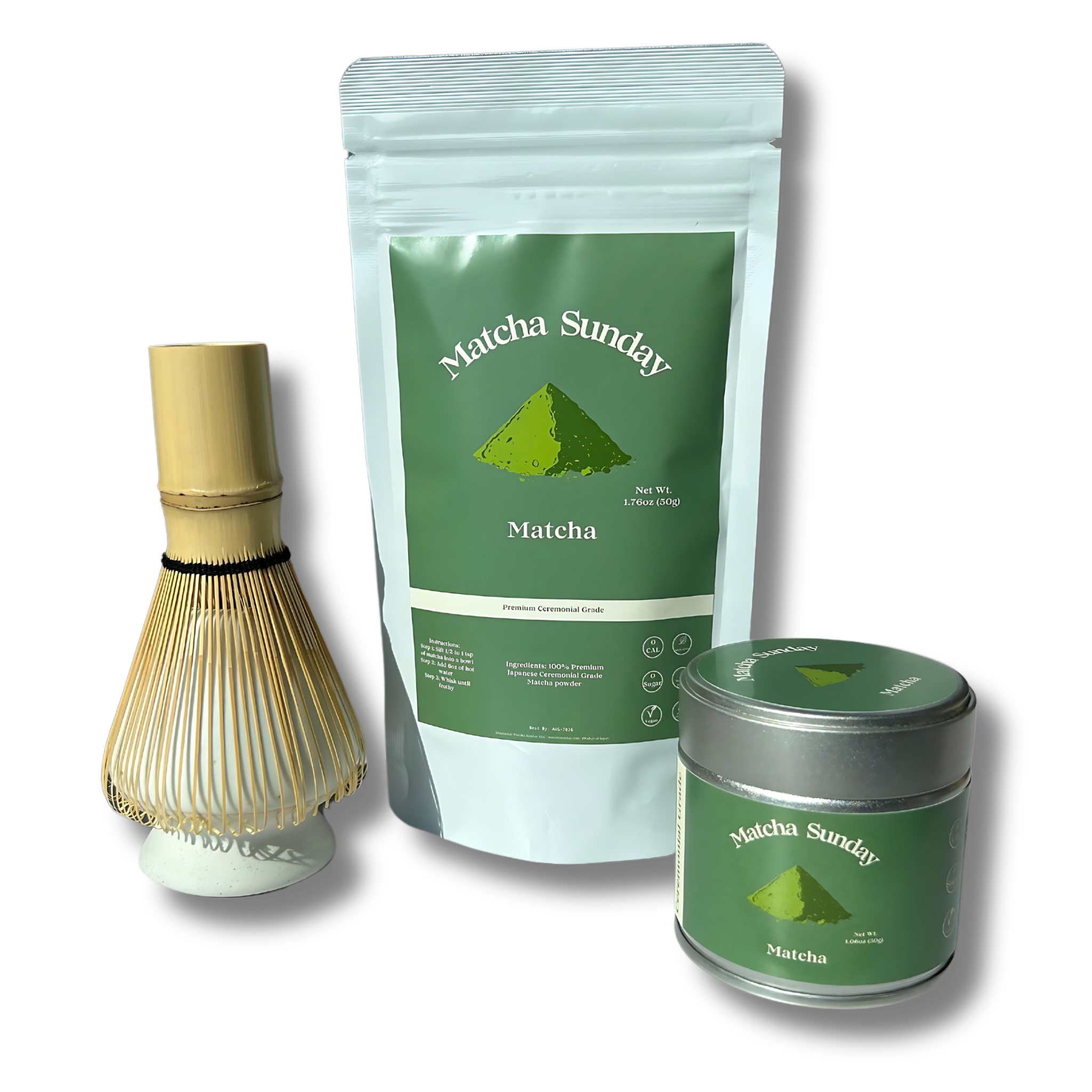The Ultimate Guide to Iced Matcha Lattes: Calm Energy, Cold Glass
Cool, green, and quietly powerful—an iced matcha latte resets a rushed day. It brings clarity without the crash. Silky sweetness, herbaceous depth, and a clean finish meet in a chilled glass. This is your guide to making café-level magic at home—every time.
The Allure Of Iced Matcha
Iced matcha tastes like a morning walk in shade. Bright, grassy, and creamy, yet never heavy. Its color alone—vivid jade—hints at focus and freshness. Each sip lands smooth, cooling the palate while lifting the mind.
Why It Matters
A great iced matcha latte isn’t only about refreshment. It’s about consistent calm energy without jitters. When prepared well, it’s silky, balanced, and visually restorative. When prepared poorly, it’s bitter, dull, and clumpy.
Sensory Signals Of Quality
Look for luminous green, not olive or brown. Smell for fresh hay, sweet umami, and faint sea breeze. Listen for the whisk’s soft rustle, then watch micro-foam settle like velvet. Your senses will tell you if you nailed it.
The Science Of The Calm Buzz
Matcha includes caffeine for energy and L-theanine for steady focus. Studies suggest this duo supports alertness while smoothing edges. You get clarity that lingers, not peaks that spike. Cold lattes slow the sip, amplifying that gentle curve.
Why This Works
Water temperature and agitation affect catechin release and taste. Cooler prep preserves sweetness and reduces harshness. Shaking or whisking aerates, softening tannins and creating texture. The result is clean lift, less bitterness, and that signature jade hue. This is not medical advice.
Mini Fact
Matcha is whole-leaf tea ground into powder, so you drink the leaf. That means more antioxidants than steeped tea, depending on grade and quality. The upside is flavor density and nutrient potential in every sip. Technique helps unlock both.
Choosing The Right Matcha
Ceremonial grade is ideal for iced lattes when you want vibrant color and sweetness. Culinary grade can work in mixed drinks, but may taste sharper. For straight, minimalist recipes, start ceremonial. Quality transforms everything—especially when chilled.
What To Look For
• Color: electric green, not muted
• Aroma: fresh, sweet-grassy, no mustiness
• Texture: ultra-fine powder that lifts like smoke
• Origin: shade-grown, stone-milled, organic where possible
• Harvest: spring harvests often taste sweeter and silkier
Why Grade Matters
Higher-grade matcha is shaded longer, boosting chlorophyll and L-theanine. That often means sweeter umami and less bitterness. In iced recipes, sharper notes stand out more. A good ceremonial grade keeps your latte soft and fragrant.
Tools That Elevate The Ritual
Can you make iced matcha with a spoon? Yes. Will it be great? Sometimes. Tools don’t complicate the ritual—they remove friction, prevent clumps, and build texture. They help your hands move like a trained barista.
Essentials And Nice-To-Haves
• Fine mesh sifter: eliminates clumps at the source
• Bamboo whisk (chasen) or electric frother: micro-foam and even dispersion
• Tea scoop (chashaku) or teaspoon: consistent dosing
• Chawan or small bowl: room to whisk without splashing
• Shaker jar with lid: quick emulsification for iced versions
• Scale: precision improves repeatability
Cafe-Level Iced Matcha, Step By Step
1. Chill your glass: Fill with ice and water, then set aside to pre-cool.
2. Sift matcha: 2 teaspoons (about 4 grams) through a fine sieve into a bowl.
3. Heat water: Bring to just under a simmer, then let cool to 70–80°C (160–175°F).
4. Bloom: Add 2 tablespoons hot water to the sifted matcha. Make a smooth paste.
5. Whisk: Add 60–80 ml more hot water. Whisk in a quick M/Z motion until frothy.
6. Sweeten (optional): Stir in syrup, honey, or maple while the matcha is warm.
7. Ice bath: Dump the pre-cooling water. Add fresh ice cubes to your glass.
8. Pour: Add cold milk or cold water over the ice, leaving room for matcha.
9. Assemble: Gently pour whisked matcha over the milk or water for layered swirls.
10. Finish: Stir to combine, taste, and adjust sweetness or dilution.
Why This Sequence Works
• Sifting prevents stubborn clumps that won’t break cold.
• Blooming unlocks aroma and dissolves powder evenly.
• Whisking hot forms a stable emulsion that stays smooth when chilled.
• Pre-chilling protects flavor and preserves foam.
• Layering gives texture and that café-worthy gradient.
Quick Tips
Use filtered water; minerals influence taste. If your tap water smells chlorinated, chill filtered water ahead. If your whisk is new, soak bristles briefly in warm water to soften. Keep motions brisk and light to build micro-foam without splashing.
Milk, Water, And Flavor Architecture
Your “base” defines weight and sweetness. Milk builds a creamy canvas; water keeps things ultra-clean. Many prefer a half-and-half approach: light dairy or oat for body, water for clarity. Aim for a drink that feels silky, not heavy.
Milk Choices, Decoded
• Dairy milk: protein-rich, plush foam; may slightly bind catechins
• Oat milk: naturally sweet, neutral; choose a barista blend for stability
• Almond milk: light and delicate; watch for separation
• Coconut milk: tropical roundness; use light versions for balance
• Soy milk: creamy, protein-forward; good foam with barista blends
Fine-Tuning Texture
Matcha shines when the mouthfeel is satin, not syrup. If using plant milks, try a barista formula for better emulsification. For water-based lattes, add a splash of milk or a single ice cube of coconut water. It softens edges without overshadowing flavor.
Sweeteners And Enhancers
Sweetness should support, not drown. Think simple, clean, and measured. Syrups dissolve fastest and keep texture silky. Start low; adjust after a sip.
Ideas To Start
• Classic simple syrup: 1:1 sugar and water, cooled
• Maple syrup: earthy sweetness, amazing with oat milk
• Honey: floral notes; dissolve while matcha is warm
• Date syrup: caramel tone, richer mouthfeel
• Vanilla extract: one drop for roundness
• Tiny pinch of sea salt: amplifies sweetness without more sugar
• Yuzu or lemon zest: adds high notes and lift
Ice Matters
Ice is not an afterthought—it’s structure. Big, clear cubes melt slower, preserving flavor and foam. Cloudy, small cubes dilute fast and dull the finish. Treat ice like an ingredient.
Clear Ice, Clear Flavor
Freeze boiled, cooled water in silicone molds for clarity. Or use store-bought clear cubes when hosting. If you want fizz, pour over sparkling water for a yuzu spritz effect. Keep ratios tight so bubbles don’t wash out the matcha.
Common Mistakes To Avoid
• Skipping the sift: leads to chalky clumps and bitter pockets
• Using boiling water: burns delicate notes, turns flavor brash
• Not pre-chilling: foam collapses, drink warms too quickly
• Over-sweetening: masks freshness and umami
• Old matcha: oxidized powder tastes flat and muddy
• Weak ratios: too little matcha yields pale, watery results
Seasonal Variations To Try
1. Coconut Water Refresher: Half coconut water, half cold water, matcha on top, lime wedge.
2. Mint-Cucumber Cooler: Muddle mint and thin cucumber, top with matcha and ice.
3. Yuzu Spritz: Sparkling water, yuzu zest, light syrup, float matcha and gentle stir.
4. Black Sesame Twist: Sesame syrup, oat milk, matcha; finish with a sesame sprinkle.
5. Strawberry Cloud: Strawberry puree, vanilla, cold milk, matcha swirl.
6. Maple-Tahini Latte: Maple syrup, a tiny tahini ribbon, almond milk, matcha crown.
7. Espresso-Matcha Marble: Single shot espresso, ice, matcha; swirl for layered depth.
Why These Work
Each riff respects matcha’s green, savory-sweet core. Acids like citrus brighten, fats round edges, and herbs cool. Keep add-ins minimal to preserve clarity. If you can’t taste the tea, pull back.
On-The-Go Ritual
Life moves. Your iced latte can, too. A shaker bottle turns preparation into a 30-second ritual. Pre-sift matcha at home and carry a small tin or stick pack.
How To Travel-Proof Your Latte
• Add 2 teaspoons matcha, a pinch of sweetener, and cold water to a shaker.
• Shake 15–20 seconds until smooth and lightly frothy.
• Pour over ice and milk when you arrive. Or sip straight and crisp.
Sustainability, Sourced With Care
Matcha is a craft that begins far from your glass. Shade-grown tea requires skilled farmers, careful soil health, and ethical labor. Choosing better supports those hands—and your cup.
What To Seek Out
• Organic farming where feasible; fewer inputs on delicate leaves
• Shade-grown practices to protect flavor and biodiversity
• Transparent origin and harvest details
• Minimal, recyclable, or reusable packaging
• Producers who stone-mill to preserve aroma and texture
Why It Matters
Sustainability protects the delicate flavors you crave. It also honors the time and tradition in every gram. A cleaner supply chain means fewer off-notes and a brighter green. Your ritual becomes part of a larger good.
Storage And Freshness
Matcha is sensitive to air, light, and heat. Oxidation dulls color and flattens aroma. Treat it like fresh produce in powdered form. Good storage keeps your iced latte luminous.
Simple Storage Rules
1. Keep sealed airtight; press out extra air after each use.
2. Refrigerate after opening to slow oxidation.
3. Store in opaque tins or dark containers.
4. Use within 60–90 days of opening for best flavor.
5. Buy smaller tins more often rather than one giant bag.
A Note On Freezing
Short-term freezing can help, but avoid repeated thaw cycles. Split larger amounts into small, airtight packets before freezing. Always let the packet reach room temperature before opening, preventing condensation that clumps.
Troubleshooting Quick Fixes
• Bitter taste: lower water temperature, shorten whisk time, increase milk or water ratio
• Pale color: use fresher, higher-grade matcha; increase dose slightly
• Chalky texture: sift thoroughly; whisk to a glossy concentrate before chilling
• Weak flavor: add a bloom step and reduce ice dilution
• Foam collapse: pre-chill glass and pour gently to preserve micro-bubbles
Why Troubleshooting Works
Matcha is responsive. Small tweaks shift the experience dramatically. Fix the variable with the biggest impact first—usually water temperature, sifting, or dose. Then refine sweetness and milk.
Key Takeaways
• Sift, bloom, and whisk hot before chilling for cafe-level texture.
• Choose ceremonial grade for sweetness and color, especially in iced recipes.
• Use clear, large ice to protect flavor and foam.
• Keep ratios tight, and sweeten with a light hand.
• Store airtight and cold; finish tins within 60–90 days.
• Tools matter: a whisk, sifter, and good ice elevate everything.
A Quiet Recommendation
If you want an effortless head start, reach for a vibrant ceremonial grade and a bamboo whisk from Matcha Sunday. The color glows, the texture sings, and the ritual becomes easy. Then add ice, breathe, and enjoy the calm green curve.



